WORDS BY Francesca Chang
PHOTOS BY Yi Choon Tang, Taiwan Scene, Yang Yen Ping
Most young 20-year-olds go to college, graduate, and work a desk job while trying to figure out what their life’s passion or future career path will be. YouTube star Ku of Ku’s Dream, chose to forego the stereotypical quarter-life crisis. The famed foodie, who hails from France, has already accomplished much more than the average millennial. At just 24-years-old, Ku has already traveled across the world, earned degrees from universities in France and Korea, and speaks four languages, including Korean and Mandarin, two very difficult languages for Westerners to master. His YouTube Channel, Ku’s Dream, has an impressive following of over 268,000 subscribers. Now based in Taipei, Ku shares his local experiences in Taiwan through his YouTube videos, recorded in both Mandarin and Korean and with English subtitles. TAIPEI met up with this multilingual internet sensation on Yongkang Street (永康街) to discuss his life in Taipei and what he thinks of local Taiwanese food. (Read also: Food, Glorious Food!)
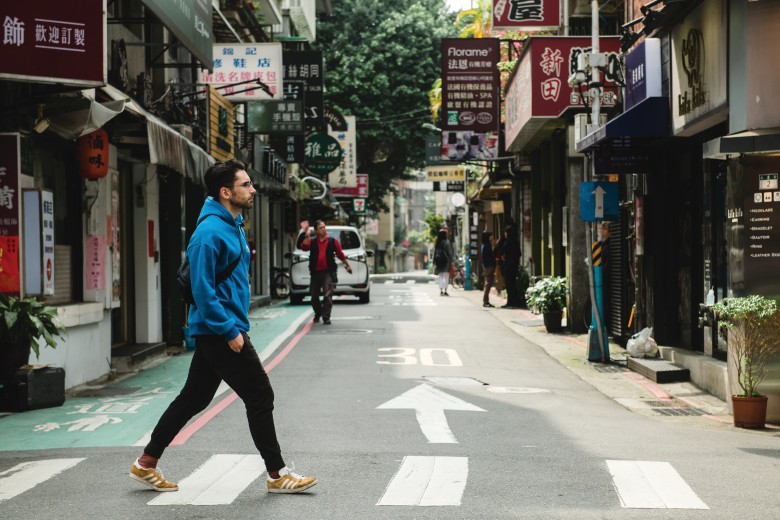
For the Love of Food
Ku’s first taste of Taipei was when he secured an internship during his university days. Although he was still studying in Korea, he came to Taipei for three-months of work experience. Upon finishing his internship, he returned to Korea to finish his studies, and then came right back to Taiwan. The main reason? Taiwanese food. He admits that he couldn’t eat Korean food daily while living there for over two years. “Korean food is really salty and really spicy,” he says in one of his YouTube videos. “But for two and a half years… I felt like I couldn’t take it.” Thus, he returned to Taipei where he could find a variety of food – salty, sweet, spicy, sour, vegetarian and healthy choices – and where he could also accommodate his dietary restrictions with dairy-free, gluten-free, and sugar-free options.
As an adventurous eater, Ku has made multiple videos about Taiwan’s local food. His love for taro, a purple, sweet and starchy root grown throughout Asia and the Pacific Islands that he never experienced until moving to Taiwan, can be seen in his YouTube video where he invites his mom to Taiwan to sample various taro snacks. At the time of the video, Ku was still living in Korea, but wanted his mother to see the beautiful island during the wintertime as Taiwan’s subtropical climate was more ideal than the weather in Seoul.
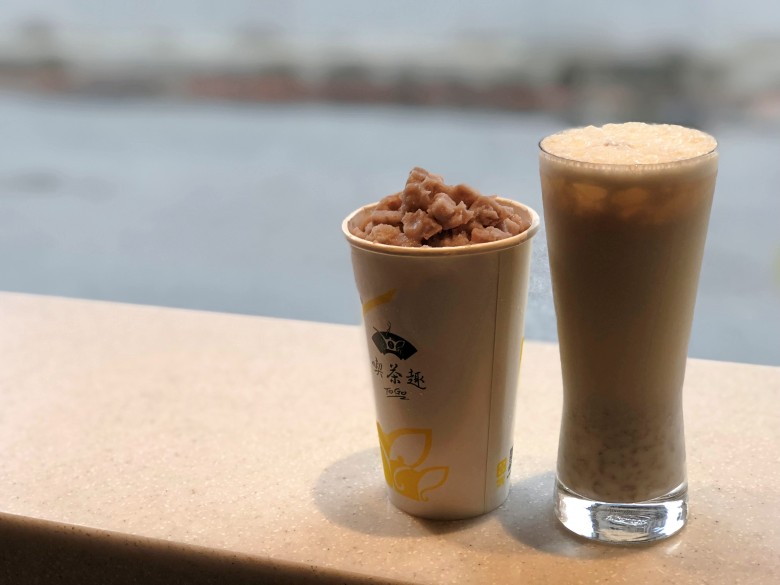
(Photo / Taiwan Scene)
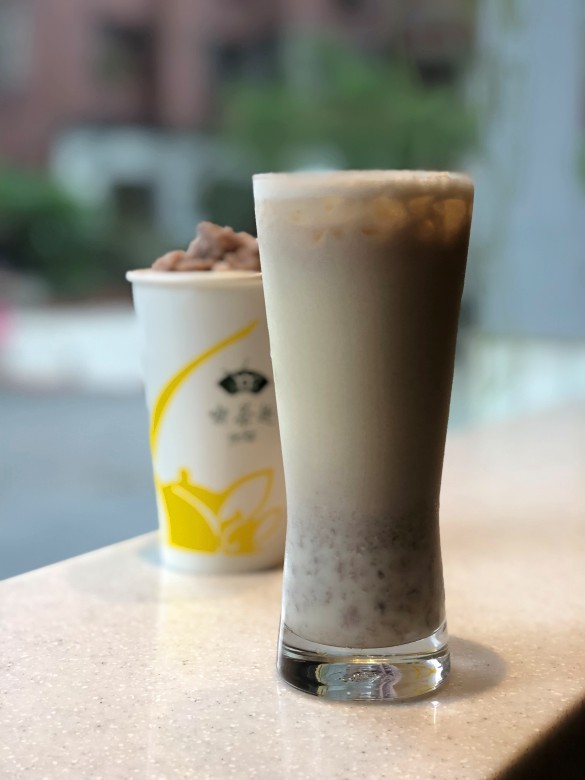
(Photo / Taiwan Scene)
Unlike most foreigners who travel to Taiwan, Ku can tolerate Taiwan’s notoriously pungent stinky tofu (臭豆腐), as the French often eat “stinky” aged cheeses. Ku is even fond of Taiwan’s thousand-year-old egg (also known as preserved egg, 皮蛋), a preserved food product made by preserving duck, chicken or quail eggs in a chemical mixture that turns the edible, egg white into a brown, translucent jelly and the yolk to a dark grey color. However, he draws the line at Kung Pao-style (宮保) thousand-year-old egg, as the combination of sweet, salty, and spicy notes of the Kung Pao flavoring are just too overwhelming for him. Not surprisingly, Ku also mentions that the French generally don’t like the flavor combination of sweet and sour found in some Asian dishes. (More on Taiwanese food: 8 Taiwanese foods that you don’t even know you need to try (yet)!)
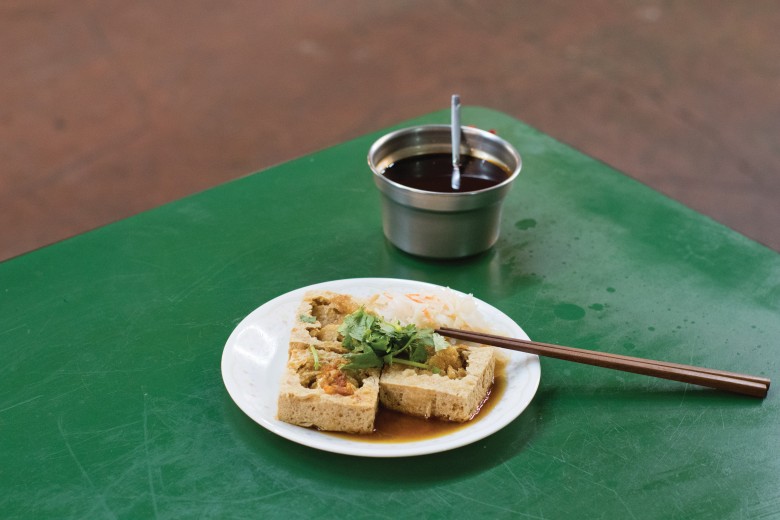
Chicken feet (鳳爪) are also something that Ku cannot get accustomed to, especially the laborintensive process of eating around bones, skin, and tendons, as a mere snack. He was brave enough to try it, however, and documented the experience in one of his clips where he recruits passerby tourists from New Zealand to join the challenge.
Apart from a few bizarre food dishes, Ku remains open to much of Taiwanese culture and continues to explore and highlight the unique and captivating aspects of it in his videos. In fact, he encourages all French tourists to try a local Taiwanese breakfast shop. Every morning, these local eateries open up for Taiwan’s workforce and offer pre-made sandwiches, soy milk, and coffee. These shops are characterized by a stove placed on the end of a long counter top where a chef also cooks fried eggs, fried radish cakes, hamburgers, and Taiwanese egg crepe — a thin crepe layered with an egg on top — right in front of you. Unlike France’s quick grab-and-go croissant, customers can also dine in at these local eateries, read a newspaper, or chat with friends as most breakfast shops remain open until noon.
Eating Like A Local
Taiwan’s easily accessible, 24-hour food culture and impressive amount of dining choices is a novel concept for most French people, who typically eat at set times during the day (“Goûter time” is a snack time that occurs religiously at 4:30 pm every day) and rarely dine out. But in addition to the vast array of food options, Ku also returned to Taipei because he was touched by the hearts of the Taiwanese people. Ku cites the many times that he has asked strangers on the street for help. “It doesn’t matter how good their English is,” he says. “Local Taiwanese people are always willing to help visitors.” He recalls fondly how strangers on the street have literally taken him to his desired destinations. And this friendly culture has also allowed Ku to experience the best of Taiwanese food. Some of the best food that Ku has discovered was recommended by strangers at a restaurant. For example, when he wasn’t able to read a Mandarin menu, or asked for suggestions from the locals, someone was always willing to help. This type of experience — both with food and with people — is something that Ku has not experienced in other Asian countries.
Ku has lived in Taipei for around two years now, and his interaction with the local Taiwanese has greatly impacted his everyday decisions from where he goes to what he eats. In fact, Ku considers the lunchbox (便當) restaurants to be his favorite type of food to eat. These local mom and pop restaurants offer both to-go or dine-in lunch sets with rice, vegetables, and a meat or vegetarian entree of your choice. One of the most common lunchboxes comes with a pork chop, rice, and various sides such as a braised egg, dried tofu, and white radish slices. It is a Taiwanese staple and the most common type of lunch seen throughout Taiwan. Not only does Ku love the flavors of this local type of dining and find the lunchboxes to be a great deal, but he also stops by the lunchbox restaurants to practice his Mandarin with the shop owners. From his perspective, the people here are so friendly and patient that he even tries to learn the local Taiwanese dialect from the shop owners. (Read also: Let’s Eat, the Taiwan ‘Way’)
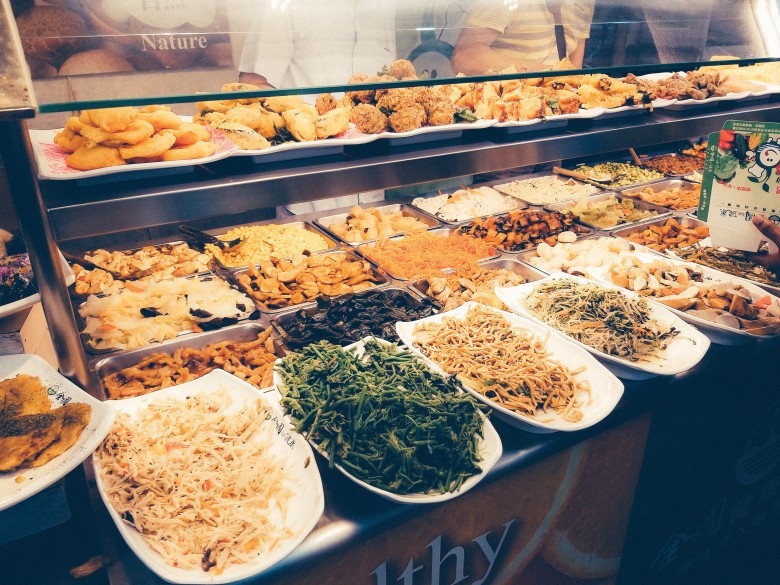
Eating With Ku
We spent the afternoon chatting with Ku at the outdoor Yongkang Park (永康公園) located smack dab in the middle of Taipei’s food mecca, Yongkang Street. Parks, trees, and natural areas like these can easily be spotted throughout the concrete jungle of Taipei. Perhaps inspired by the coexistence of nature and city, Ku cheerfully shows us his own set of utensils, such as sustainable bamboo straws and chopsticks. From his viewpoint, thanks to the government’s diligent efforts and the enforcement of strict disposal regulations, many people in Taiwan now bring their own chopsticks and spoons when they eat out rather than using disposable utensils, which do contribute to both the sustainability of the environment and people’s health.
After enjoying the natural environment surrounding us, we ventured down Yongkang Street, home to the world-renowned and Michelin recommended Din Tai Fung restaurant (鼎泰豐) as well as stall after stall of local street food vendors. We waited in line for the famous Tianjin scallion pancake (天津蔥抓餅), a fluffy yet hearty pancake, rolled with layers that reveal green scallions. Each slab of dough is fried and fluffed in front of you. The owners omitted cheese in Ku’s pancake to accommodate his lactose allergy. Then, to satisfy Ku’s craving for his favorite, taro, we purchased hand-made drinks with real taro chunks at a local beverage shop. These ubiquitous drink stands offer customers the option to adjust both the sugar and ice levels of their custom-made concoctions. Ku, of course, refused the plastic straw and used his bamboo one, instead.
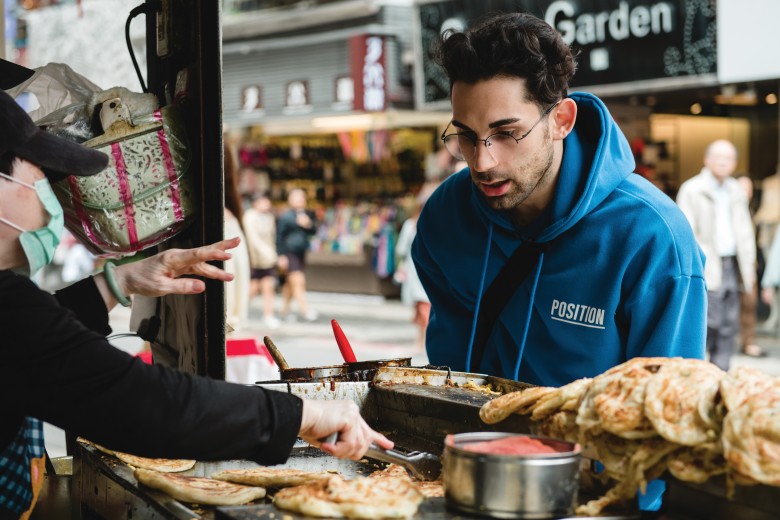
Advice For Touring Taipei
Ku invites tourists from around the world to visit Taipei and experience the food and culture as he has. For those coming to sample the food capital of Taipei, the best advice he can give to visitors is to “eat with a local.” “Don’t just read a guide book,” he says. “You will miss out.” With such friendly and hospitable people as there are in Taiwan, he adds that this shouldn’t be hard to do. And with a large YouTube audience of mainly Taiwanese viewers, Ku has proven that this can easily be done. The young millennial has clearly made an impression on the Taiwanese people with his openness and appreciation for the island capital’s unique cultural offerings.
This article is reproduced under the permission of TAIPEI. Original content can be found at the website of Taipei Travel Net (www.travel.taipei/en).
Click here to experience a private guided tour in Taipei!


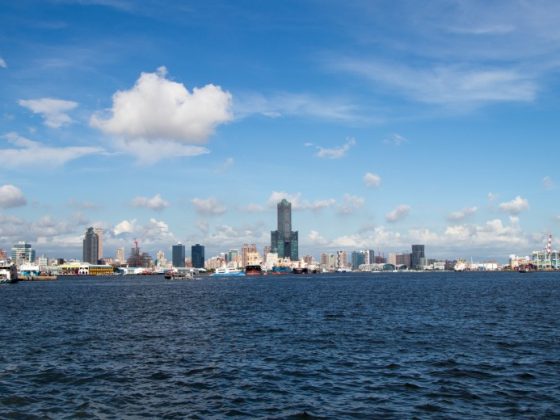
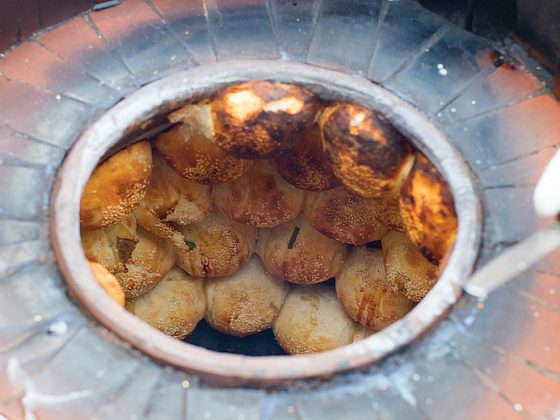









Comments are closed.